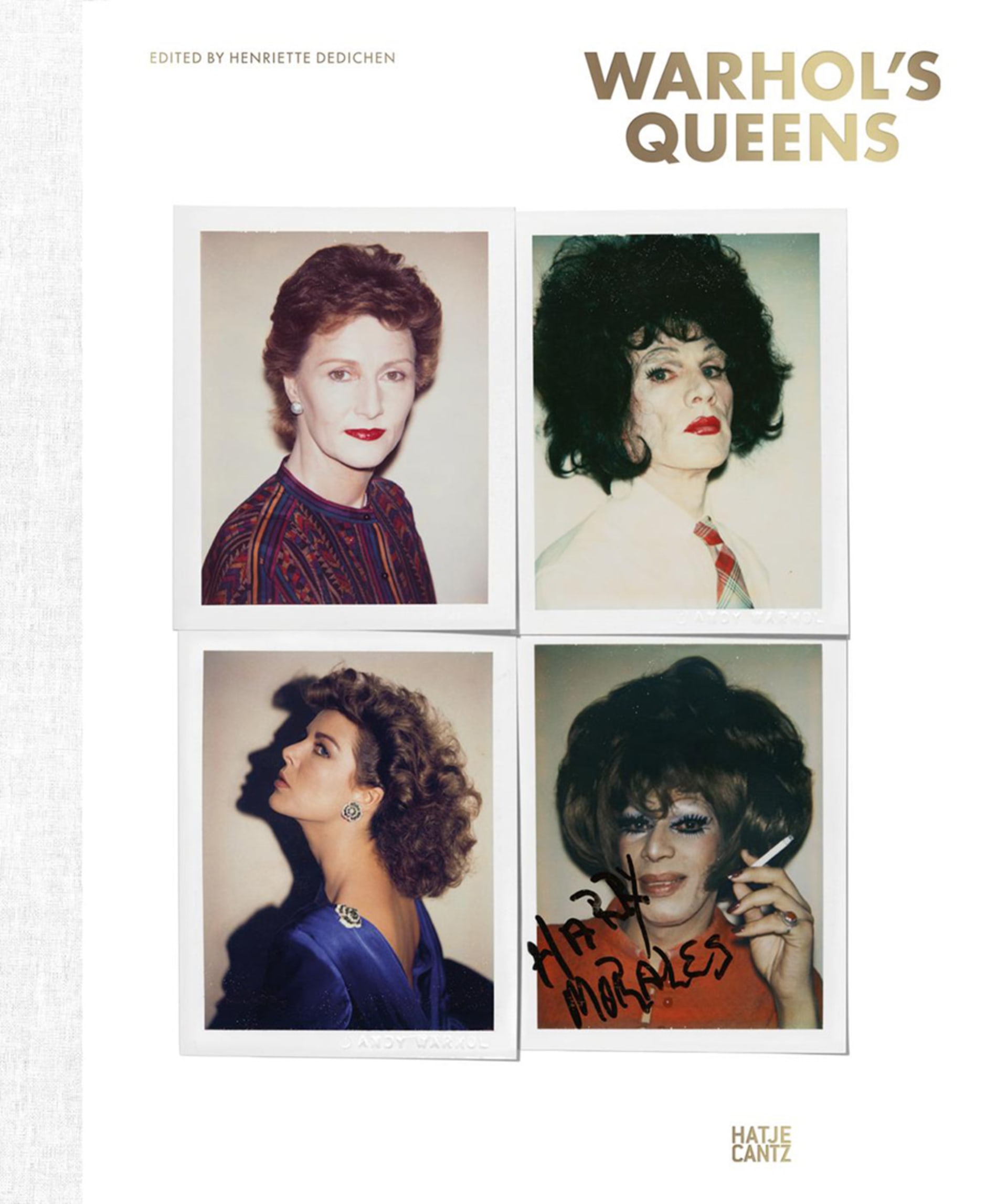
Royal Crown Review: Niko Solorio recommends Warhol’s Queens
Niko Solorio is an artist and curator based in Los Angeles. He is the proud owner of a pair of Andy Warhol’s eyeglasses, bestowed upon him by none other than Jack Doroshaw, aka Flawless Sabrina. In the Fall 2013 issue or Electronic Beats Magazine, he gave us the full rundown on Warhol’s portraits of drag royalty. Interview conducted by Max Dax.
Warhol’s Queens is not a book that is merely concerned with the subject of drag or royalty. Rather, it’s first and foremost about photography and portraiture, Warhol’s portraiture. The high-resolution reproductions of the artists’ original Polaroids of both proper royalty and notable drag queens—her highness “Queen Andy”, Princess Sonja of Norway (now Queen Sonja), Princess Caroline of Monaco, and Empress Farah Pahlavi—appear to jump right off the page. The images and high-quality paper have a kind of exalting function, showing Warhol’s queens and real queens to be two sides of an illusionary coin, one subcultural and the other of the highest social order. It seems such an obvious pairing, though somehow it’s only through Warhol’s lens and aura-producing ability that we are able to see this clearly.
Sandwiched between all of these queens is, of course, Andy himself. He is the tie that binds, and in his self-portraits in drag you get the sense that he, in contrast to the other queens, is not trying to fool anyone. Warhol is aware that he does not make the prettiest girl and appears more than OK with that. He also appears to have the thickest make-up, and yet he always remains unmistakably himself. He cannot and did not want to hide, even before his fame as a student at the Carnegie Institute of Technology in Pittsburg, as author and curator Hubertus Butin writes: “Warhol stood out for his highly affected appearance, which he employed in a very specific way to demonstratively display his homosexuality.” Being gay was something Warhol always seemed fearless about, as his role as a judge in the 1967 drag queen competition documentary The Queen proudly displayed. The significance of that is not to be underestimated. The chief archivist of The Andy Warhol Museum, Matt Wrbican explains that “[. . .] the fact that Warhol lent his time and name to the event comes as no surprise, given what we know of the details of his personal life. But it was still a risk for him, not only because the local laws of the time regarding cross-dressing were quite draconian but also because of the social stigma.” The organizer of that particular drag contest is none other than self-proclaimed “gender clown” Jack Doroshow, aka Flawless Sabrina, who also happens to be my guardian, of sorts. I spoke with Jack, who I and many others refer to affectionately as “Grandma”, and asked him if he could share a few thoughts about the book. He told me, “With Andy, the more you look the less you’ll see. He had a way of illuminating the mundane and rendering it iconic. I don’t think Andy saw drag queens any different from Brillo boxes. It was just something that was always around but that people sort of ignored.”
Of course, thanks to Warhol, ignoring queens these days is no longer an option, something attributable in no small part to another social phenomenon he loosely predicted: reality television. That said, it’s only appropriate that his portrait legacy would not itself be given only fifteen minutes of fame but rather bound in a King James-like bible with a golden binding. I like to think of it as the Queen Andy version. ~
This text first appeared in Electronic Beats Magazine N° 35 (3, 2013). Read the full issue on issuu.com or in the embed below.
Published January 09, 2014. Words by Max Dax.
